Winter is a magical time, full of crisp air and snow-covered landscapes, but it also brings a unique set of challenges, especially for our pets. As the days shorten and temperatures dip, ensuring your furry friend stays warm, healthy, and happy becomes a top priority. In this article, we’ll guide you through how to prepare your pet for winter, offering practical advice on everything from diet adjustments to cozy winter gear. Whether you’re an experienced pet owner or new to the game, these tips will help you and your pet navigate the winter season smoothly.
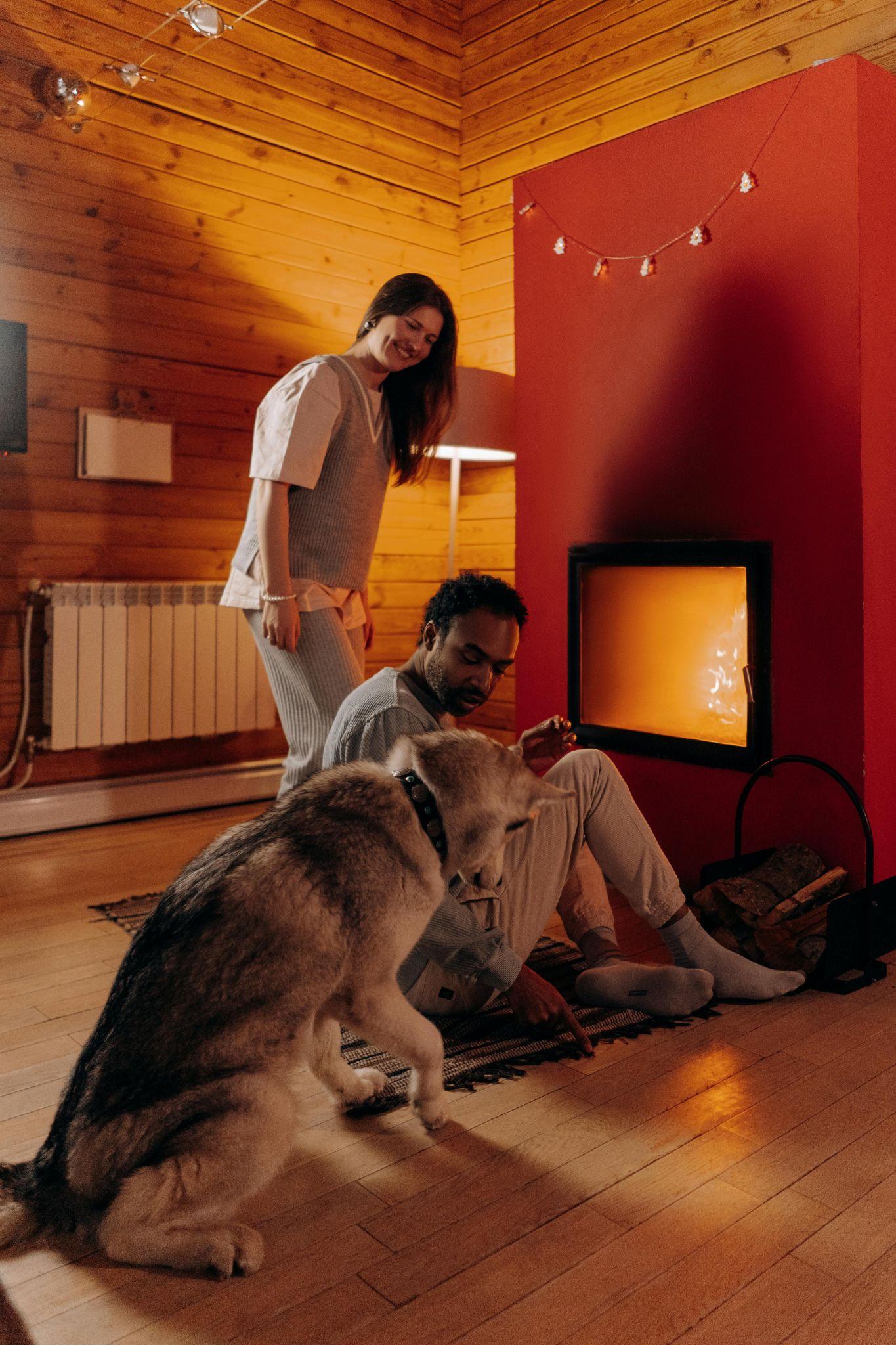
Understanding Your Pet’s Winter Needs
Each pet has its own set of needs that can vary greatly depending on factors like breed, age, and overall health. Some pets, such as Siberian Huskies or Maine Coon cats, are naturally built for cold weather, while others, like Chihuahuas or Sphynx cats, require extra care. Understanding your pet’s specific needs is crucial for keeping them comfortable and safe throughout the winter.
Why Does My Pet Need Extra Care in Winter?
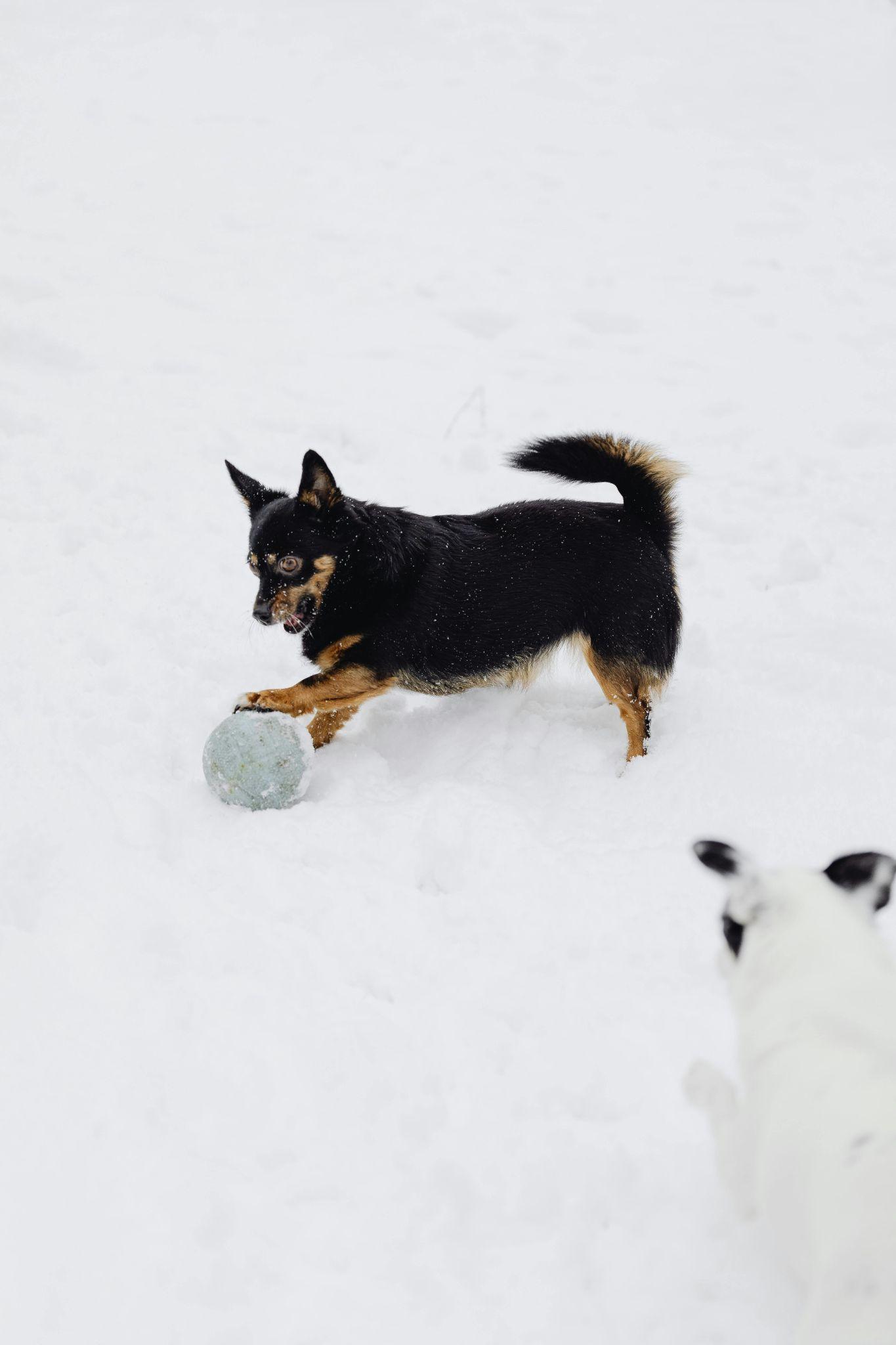
Just as humans bundle up and change their routines in winter, pets also need extra care during the colder months. Winter can bring about various health concerns, from frostbite to hypothermia. Additionally, changes in daylight, temperature, and activity levels can affect your pet’s mood and overall well-being. Preparing for these changes ensures your pet remains healthy and content during the winter months.
How Does Winter Affect Different Pets?
- Dogs: Short-haired and small breeds are particularly susceptible to the cold, while larger, long-haired dogs may handle lower temperatures better. However, all dogs are at risk for frostbite, particularly on their ears, tails, and paws.
- Cats: Outdoor cats are especially vulnerable to the cold and should be brought inside during extreme weather. Even indoor cats can suffer from dry skin due to indoor heating.
- Small Animals: Pets like rabbits, guinea pigs, and birds are less able to regulate their body temperature and need special attention during winter.
How to Prepare Your Pet for Winter: A Step-by-Step Guide
With a clear understanding of your pet’s winter needs, let’s explore the specific steps you can take to prepare your pet for the cold months ahead.
1. Adjusting Your Pet’s Diet for Winter
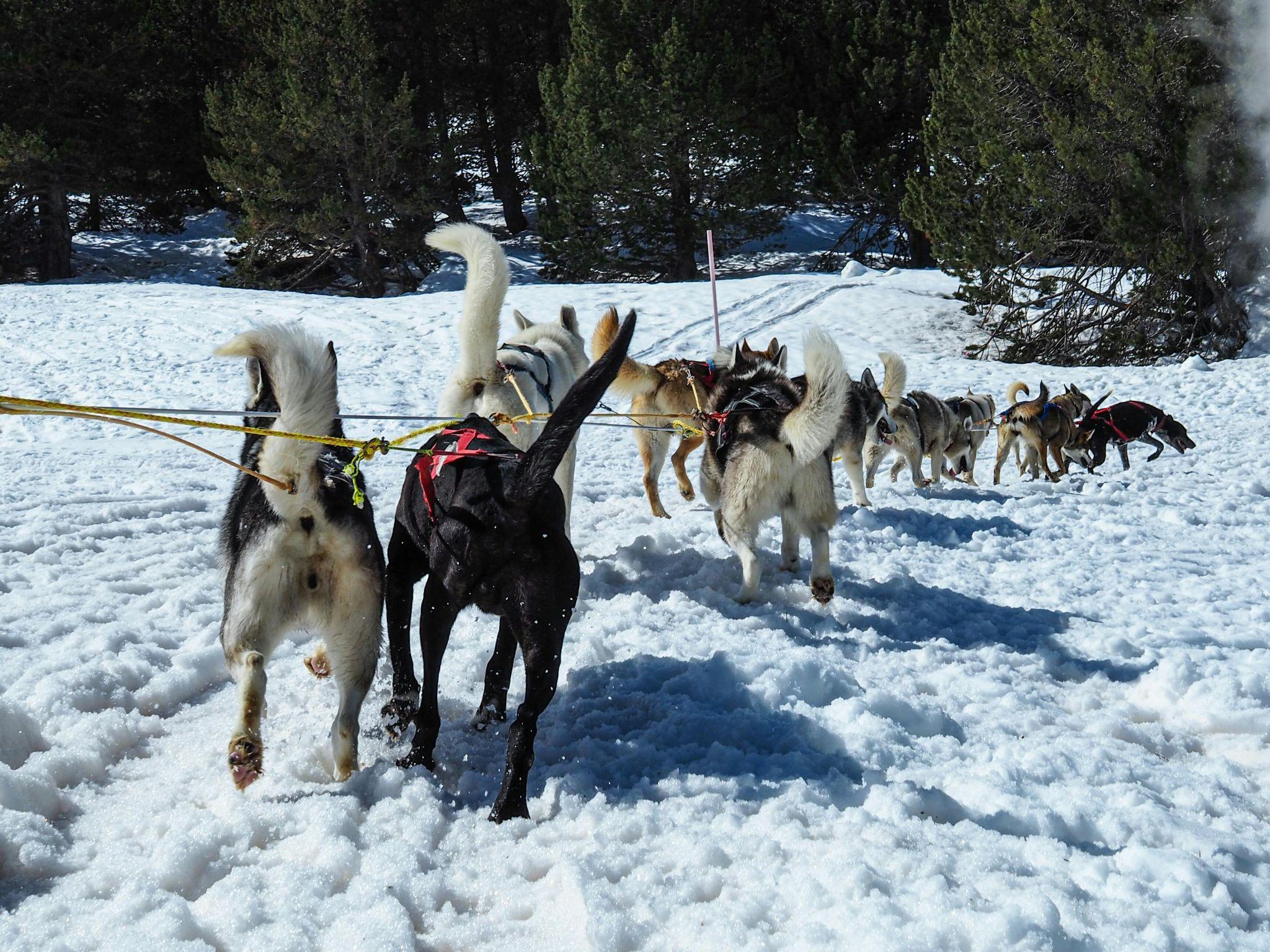
Winter can alter your pet’s metabolism, activity level, and appetite, making it essential to adjust their diet accordingly. https://truepetslove.com/
Should I Increase My Pet’s Food Intake?
In some cases, increasing your pet’s food intake is necessary. Pets that spend a lot of time outdoors may require additional calories to keep warm, while indoor pets may need fewer calories due to reduced activity levels. Always consult your vet to determine the best diet plan for your pet during winter.
- For Dogs: Consider incorporating more protein and healthy fats into your dog’s diet to help maintain their energy levels.
- For Cats: Ensure your cat’s food provides sufficient nutrients to support their immune system during the colder months.
- For Small Pets: Monitor their food intake closely, as small animals can quickly lose weight in cooler conditions.
2. Keeping Your Pet Warm and Cozy
One of the most important aspects of winter pet care is making sure your pet stays warm. Here’s how you can help them:
What Type of Winter Gear Does My Pet Need?
Depending on your pet’s breed and coat type, they may need extra protection from the cold.
- Coats and Sweaters: Short-haired and small dogs benefit significantly from wearing coats or sweaters during outdoor walks. Choose items that are water-resistant and insulated to provide maximum warmth.
- Boots: Protect your dog’s paws from ice, salt, and snow by investing in a quality pair of pet boots. If your dog doesn’t tolerate boots, make sure to clean their paws thoroughly after every walk.
- Blankets and Beds: Provide your pet with warm blankets and a cozy bed to snuggle in. Heated pet beds can be particularly beneficial for older pets with arthritis.
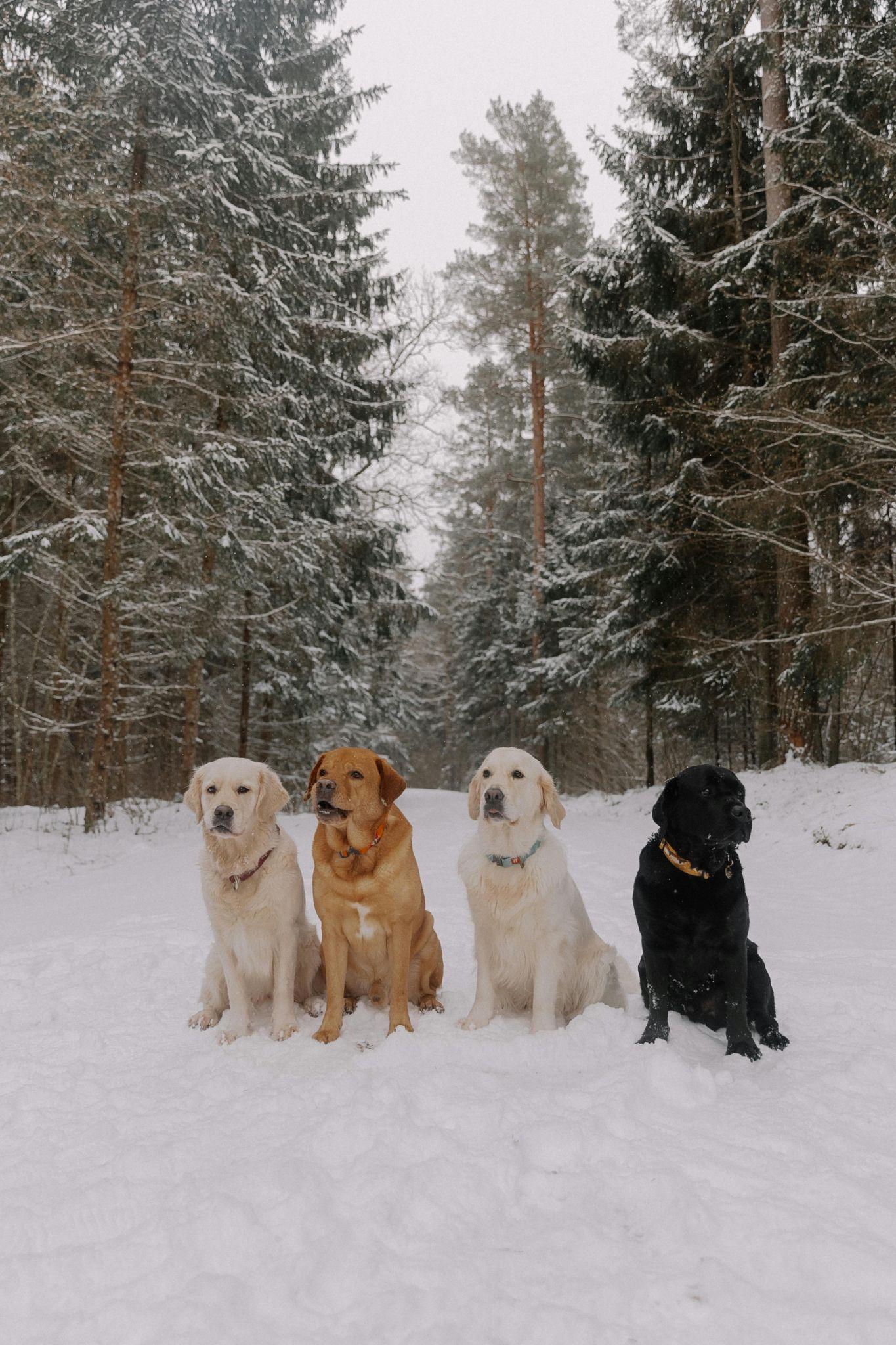
3. Adjusting Indoor Spaces for Winter
As the temperature drops, you may need to make adjustments to your home to ensure it’s a safe and comfortable environment for your pet.
How Can I Make My Home Pet-Friendly in Winter?
- Heating: Ensure your home is adequately heated, but avoid placing your pet’s bed too close to radiators or space heaters to prevent burns.
- Humidifiers: Indoor heating can dry out the air, which can lead to dry skin for both you and your pet. A humidifier helps maintain a comfortable humidity level in your home.
- Safe Spaces: Create a warm, safe space for your pet to retreat to, such as a corner with their favorite bed and blanket, away from drafts and foot traffic.
4. Winter Grooming Tips
Grooming needs don’t vanish in winter; in fact, they become even more important since your pet’s coat plays a vital role in keeping them warm.
How Often Should I Groom My Pet in Winter?
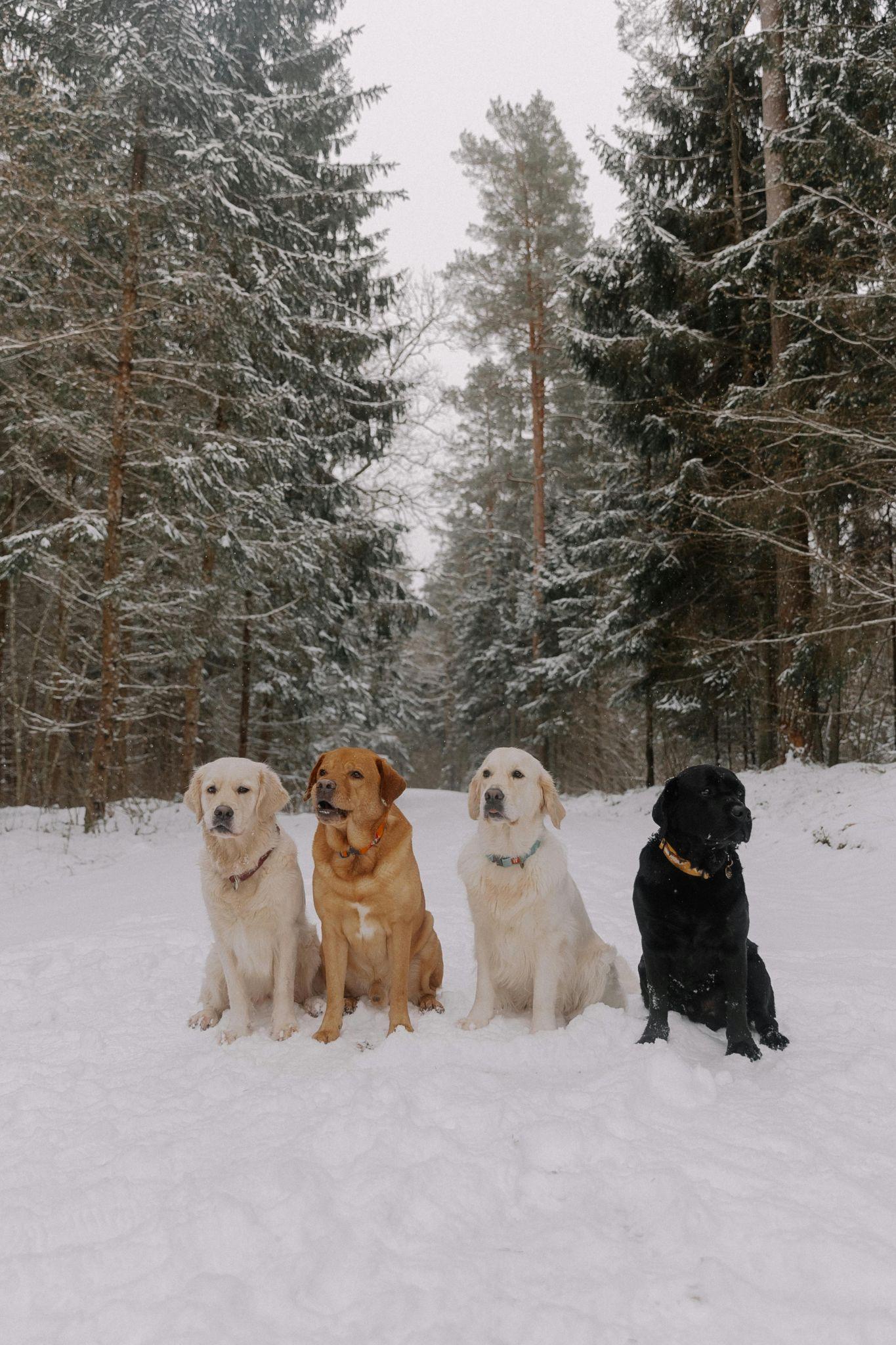
- Brushing: Regular brushing helps remove dead hair and prevents mats, which can compromise the insulation properties of your pet’s coat. It also stimulates blood flow, keeping their skin healthy.
- Bathing: While your pet may need fewer baths in winter, it’s essential to dry them thoroughly if they get wet. Wet fur can lead to chills, especially in cold weather.
- Paw Care: Pay special attention to your pet’s paws. Trim the fur between their toes to prevent ice balls from forming, and check regularly for cracks or injuries. https://truepetslove.com/how-to-choose-the-right-pet-bed-a-comprehensive-guide-for-pet-owners/
5. Protecting Your Pet from Winter Hazards
Winter brings its own set of hazards, such as toxic antifreeze spills and slippery ice. Here’s how to keep your pet safe:
What Are the Common Winter Hazards for Pets?
- Antifreeze: Antifreeze is extremely toxic to pets. Store it securely out of reach and clean up any spills immediately. If you suspect your pet has ingested antifreeze, contact your vet right away.
- Ice and Snow: Ice can be dangerous, causing slips and falls for both you and your pet. Snow can hide hazards like sharp objects or harmful chemicals. Keep your pet on a leash during walks and remain vigilant about where they step.
- Salt and Chemicals: The salt and de-icing chemicals used on roads and sidewalks can irritate your pet’s paws and be toxic if ingested. Wipe their paws after walks and consider using pet-safe de-icing products around your home.
6. Exercise and Mental Stimulation in Winter
Although it’s tempting to hibernate indoors, it’s crucial to keep your pet active and mentally stimulated during winter.
How Can I Ensure My Pet Gets Enough Exercise?

- Indoor Games: If the weather is too harsh for outdoor activities, play indoor games like fetch or hide-and-seek to keep your pet physically active.
- Interactive Toys: Invest in interactive toys that stimulate your pet’s mind and keep them engaged during the long winter days.
- Short Walks: When it’s safe, take your pet on shorter, more frequent walks. Ensure they’re bundled up if necessary, and avoid letting them stay outside for extended periods. https://truepetslove.com/product/furhaven-xxl-cooling-gel-foam-bed/
7. Special Care for Senior Pets
Older pets often require extra care during winter. Cold weather can aggravate conditions like arthritis, making it important to provide additional support.
How Can I Support My Senior Pet in Winter?
- Joint Supplements: Speak with your vet about joint supplements that can help alleviate stiffness and pain in older pets.
- Warm Bedding: Offer a heated or extra-cushioned bed to keep your senior pet comfortable.
- Gentle Exercise: Maintain a gentle exercise routine to keep their joints moving without causing undue strain.
Ensuring a Safe and Warm Winter for Your Pet
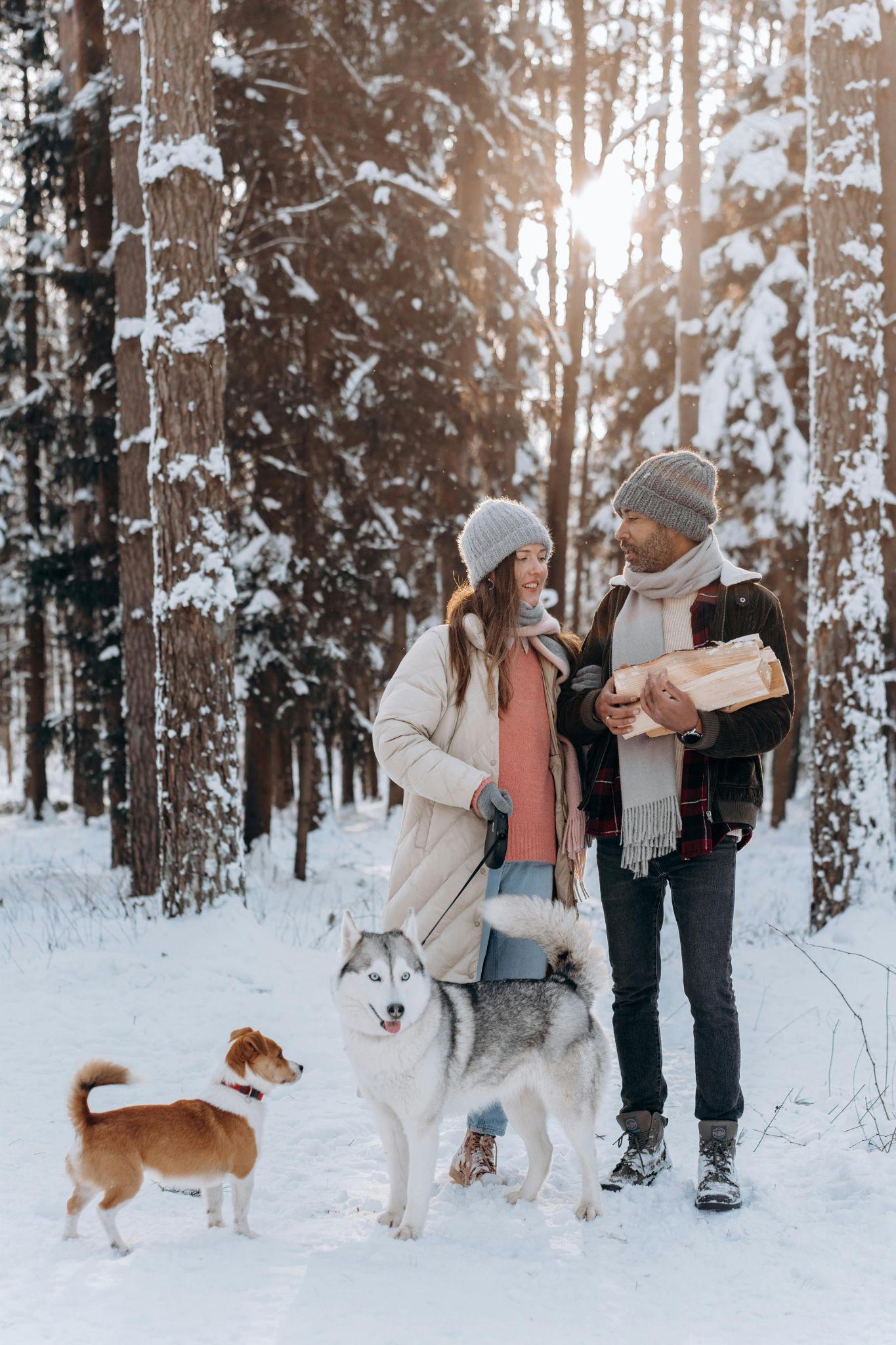
Winter can be a challenging time for both pets and their owners, but with the right preparations, you can ensure your furry friend stays safe, warm, and happy. By adjusting their diet, providing the appropriate winter gear, and making your home winter-friendly, you can help your pet enjoy the season just as much as you do.
Remember, the pet care in winter isn’t solely about keeping your pet warm; it’s about adapting your routine to meet their changing needs. If you’re ever uncertain, consult your vet or visit pet stores near you for expert advice and supplies. With these tips, you’ll be well-prepared to face winter’s challenges and create a cozy haven for your pet.
Whether you’re navigating icy sidewalks or dry indoor air, preparing your pet for winter is a crucial part of responsible pet ownership. Don’t wait until the first snow falls—start planning now to ensure your pet has everything they need for a safe and enjoyable winter season.
